Medieval History

In fact, these churches have been surrounded by myth from their beginnings. The story goes that St. Olav was having a devil of a time converting the stubborn old Norse folks to christianity. The peasants made him a deal: Build a church in three days, and we will convert. Stumped, wily St. Olav tricked a troll into building the church for him. Thus the stave church was created.
The majority of the photos are copied from this book:
Dan Lindholm, photos by Walther Roggenkamp. Dragon Myth and Christianity in old Norwegian Architecture. Translated from the original German by Stella and Adam Bittleston. Rudolf Steiner Press, London, 1969.

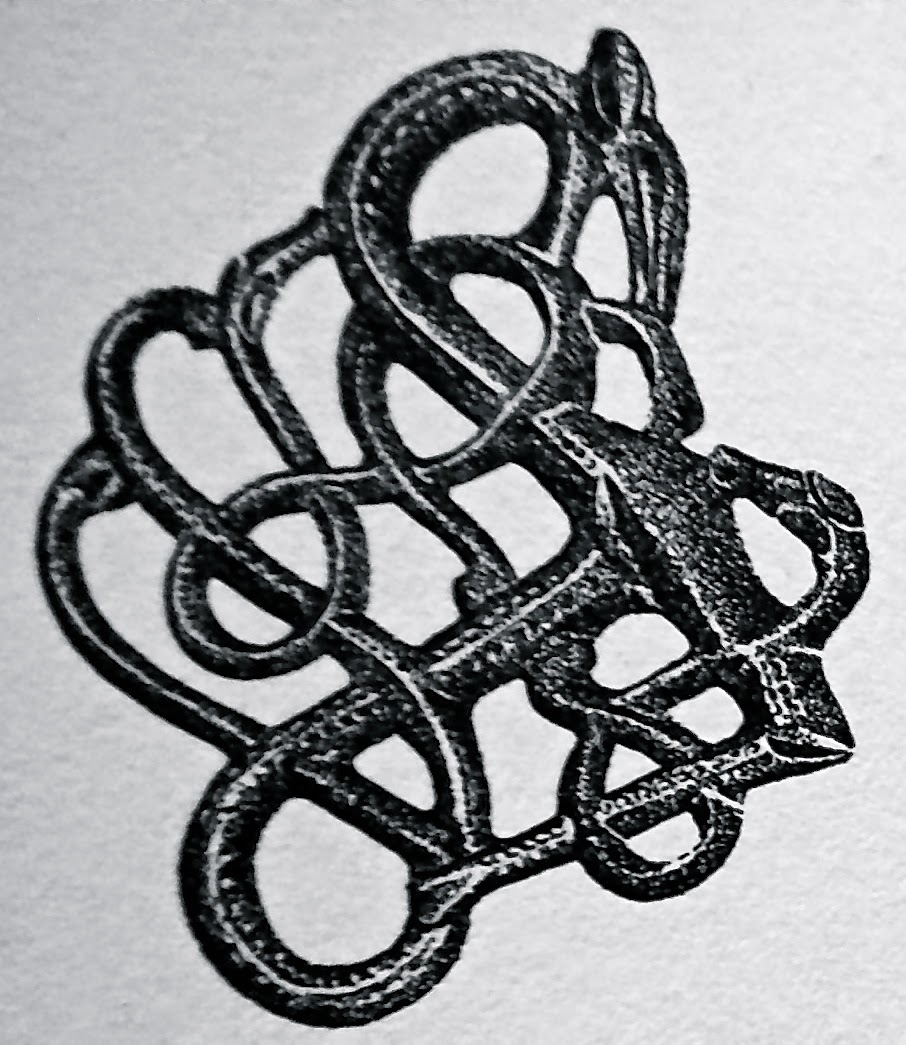
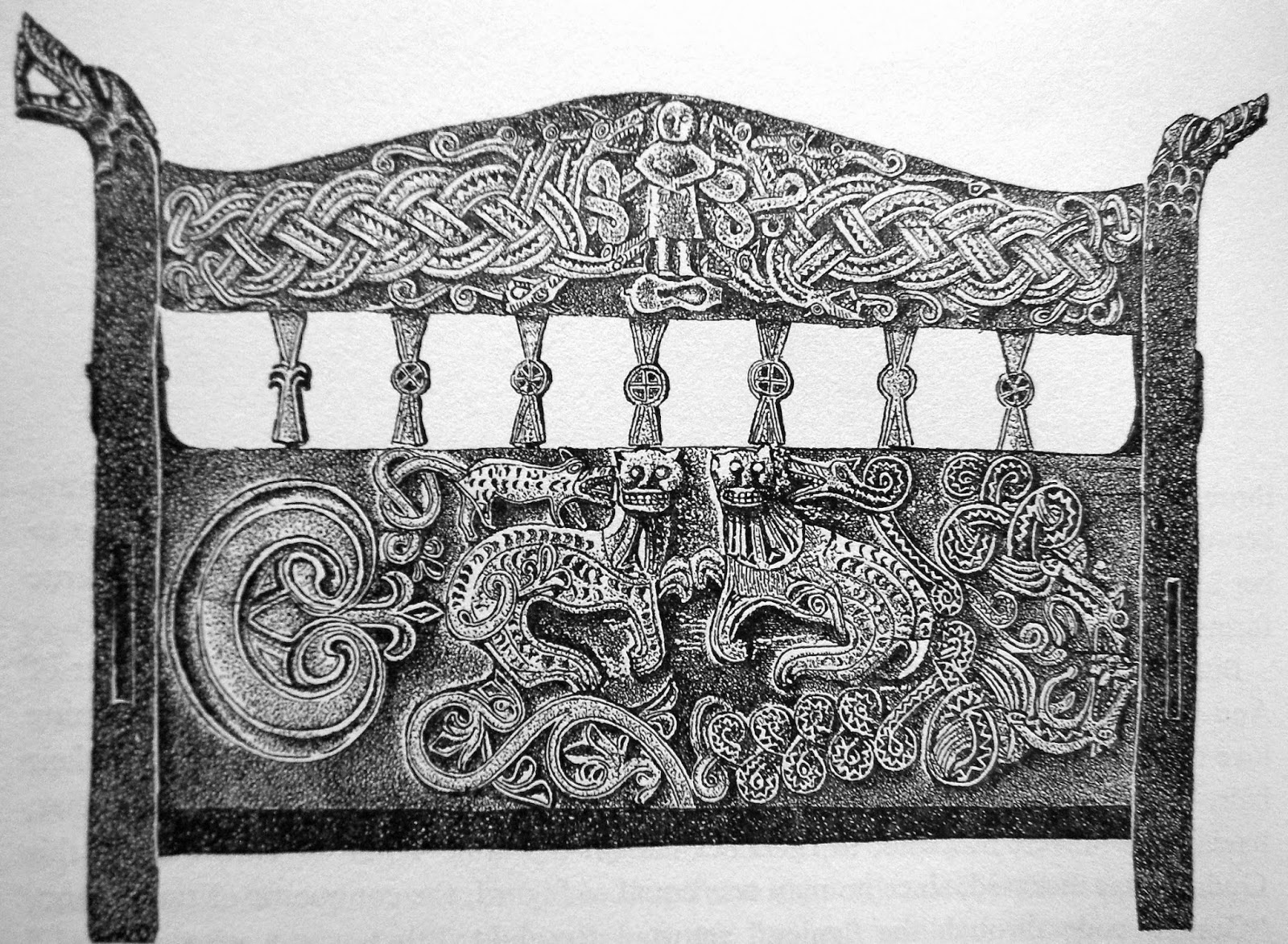
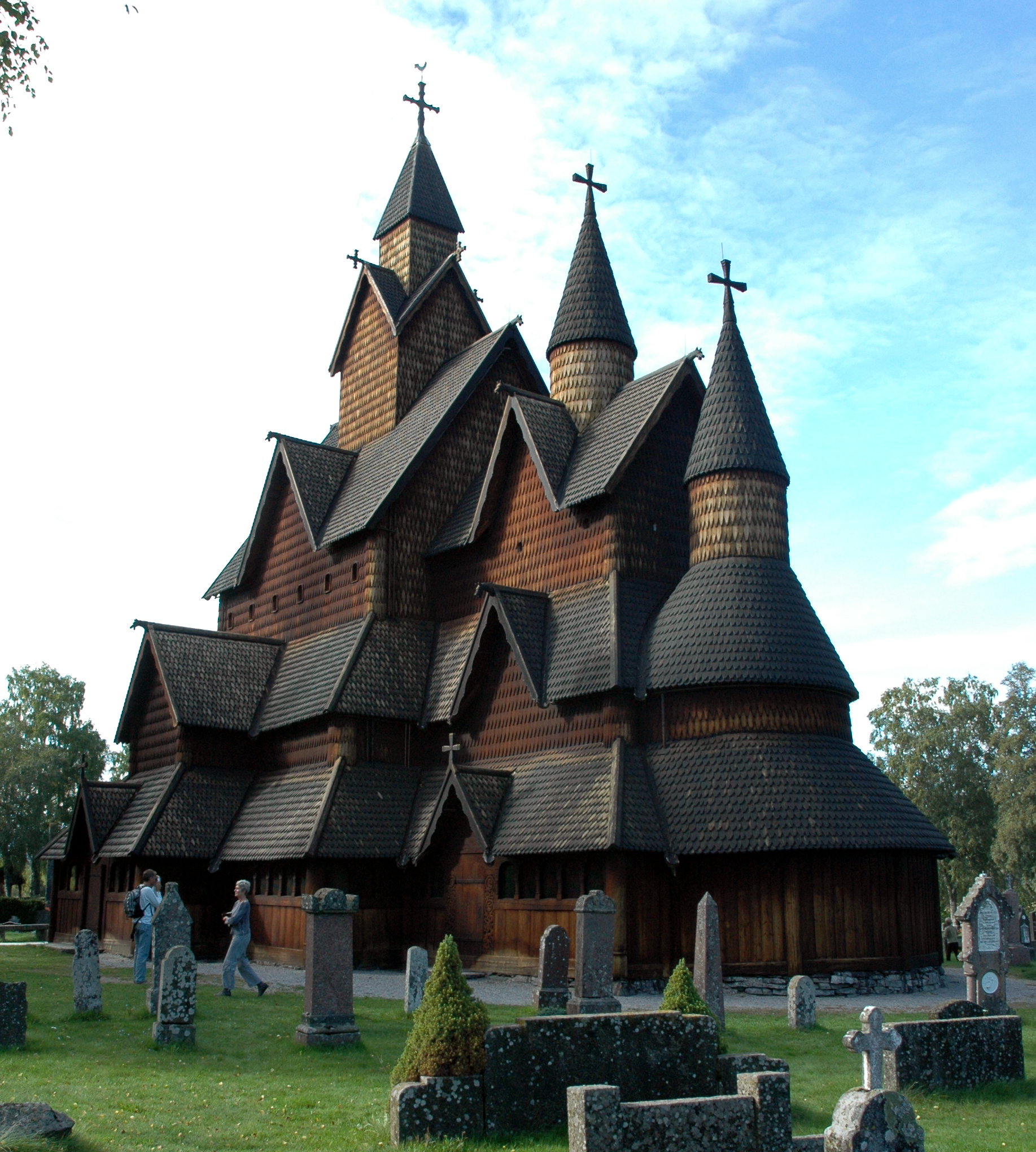
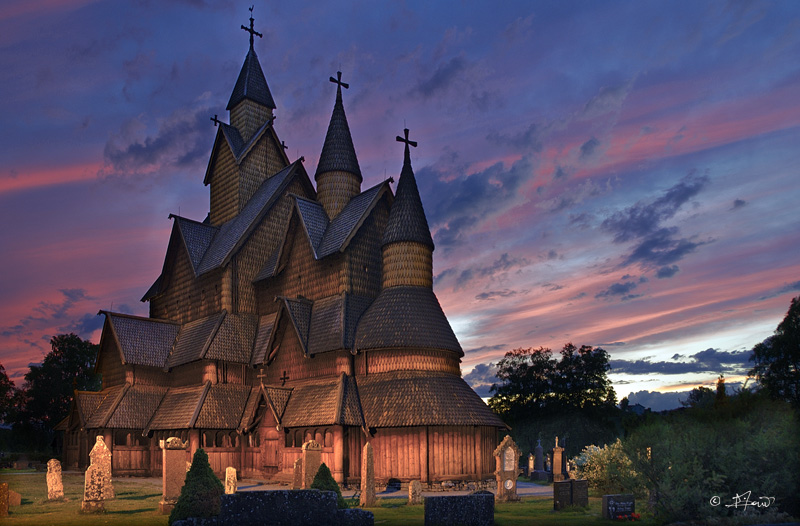

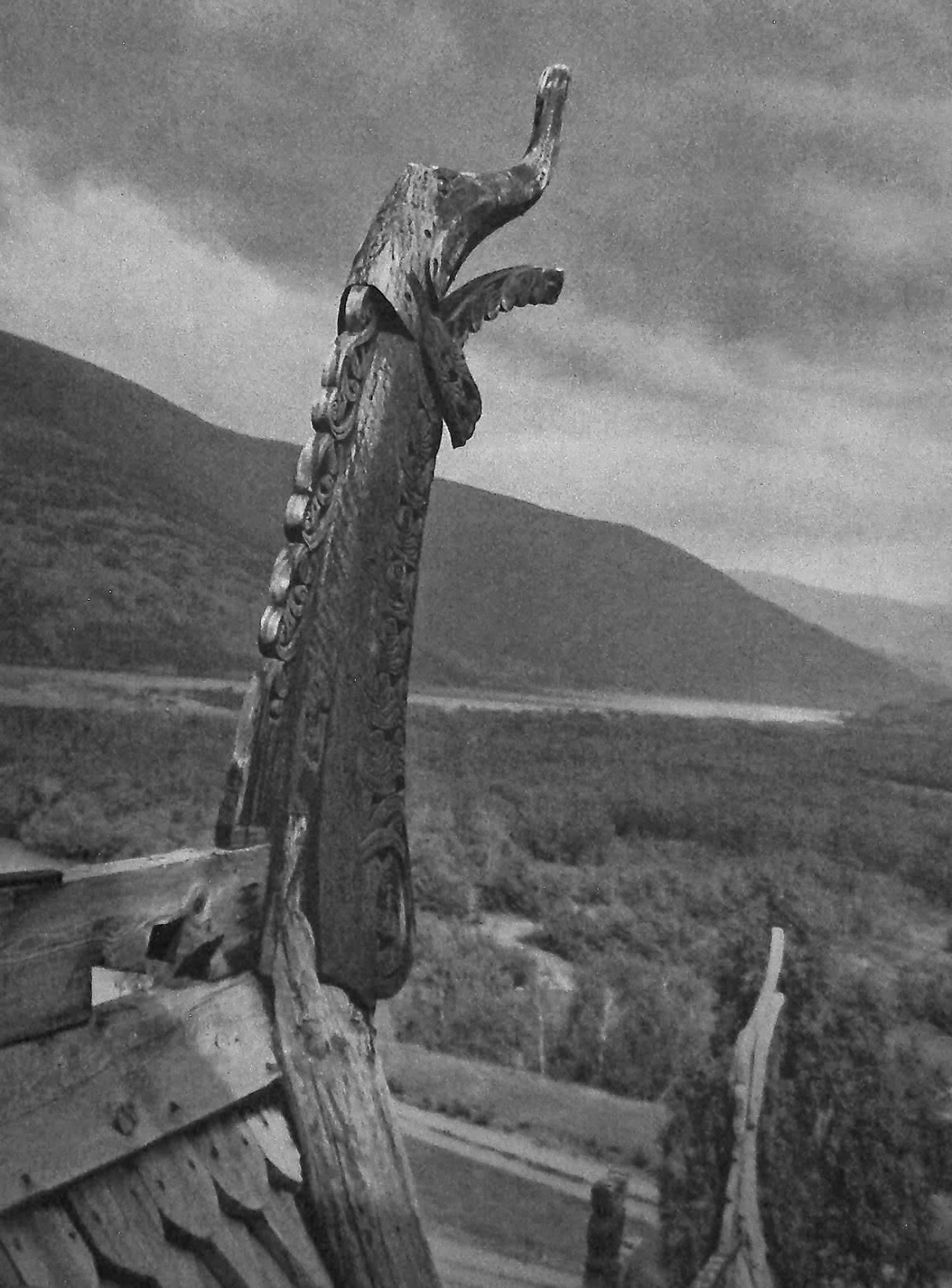
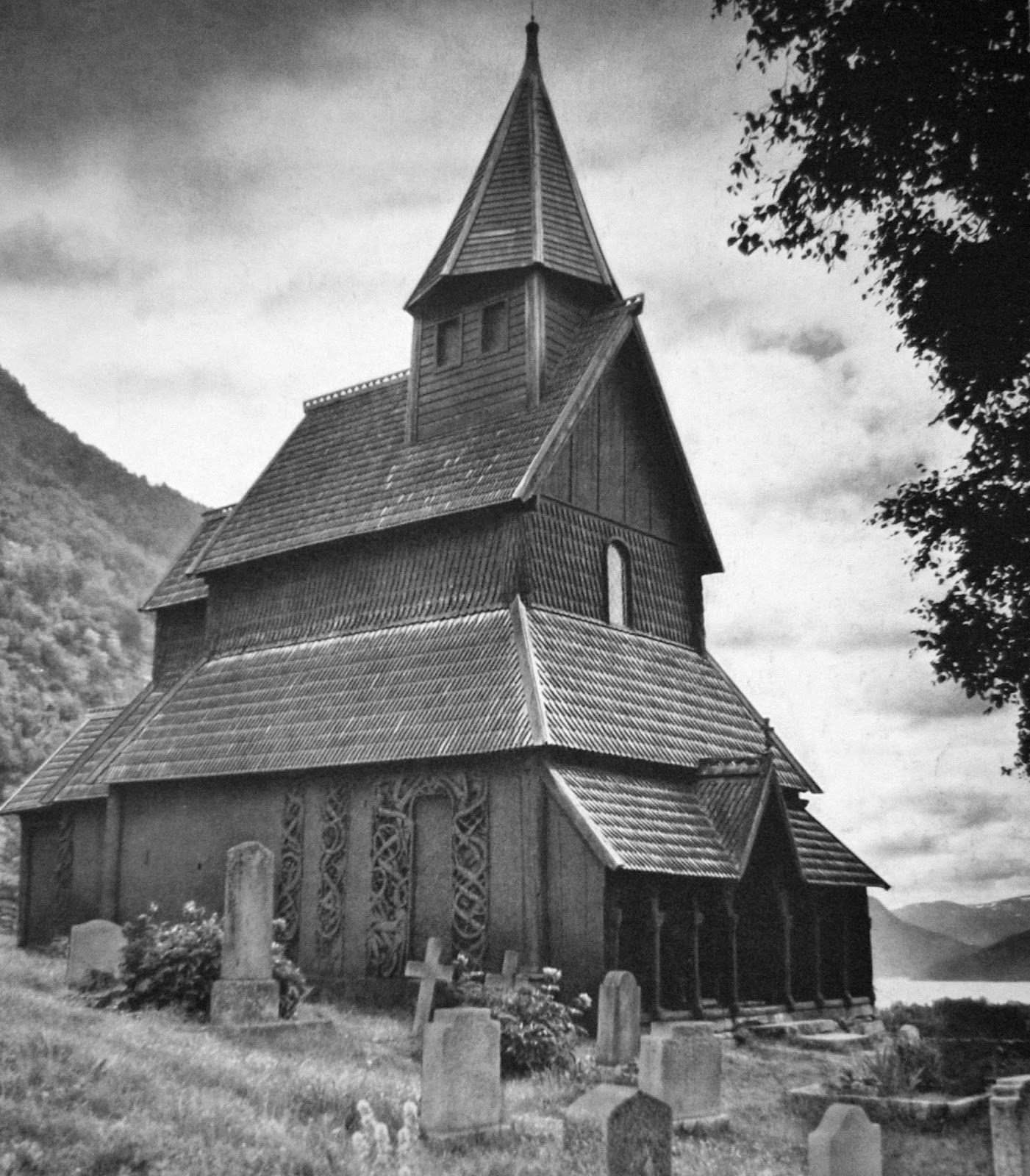
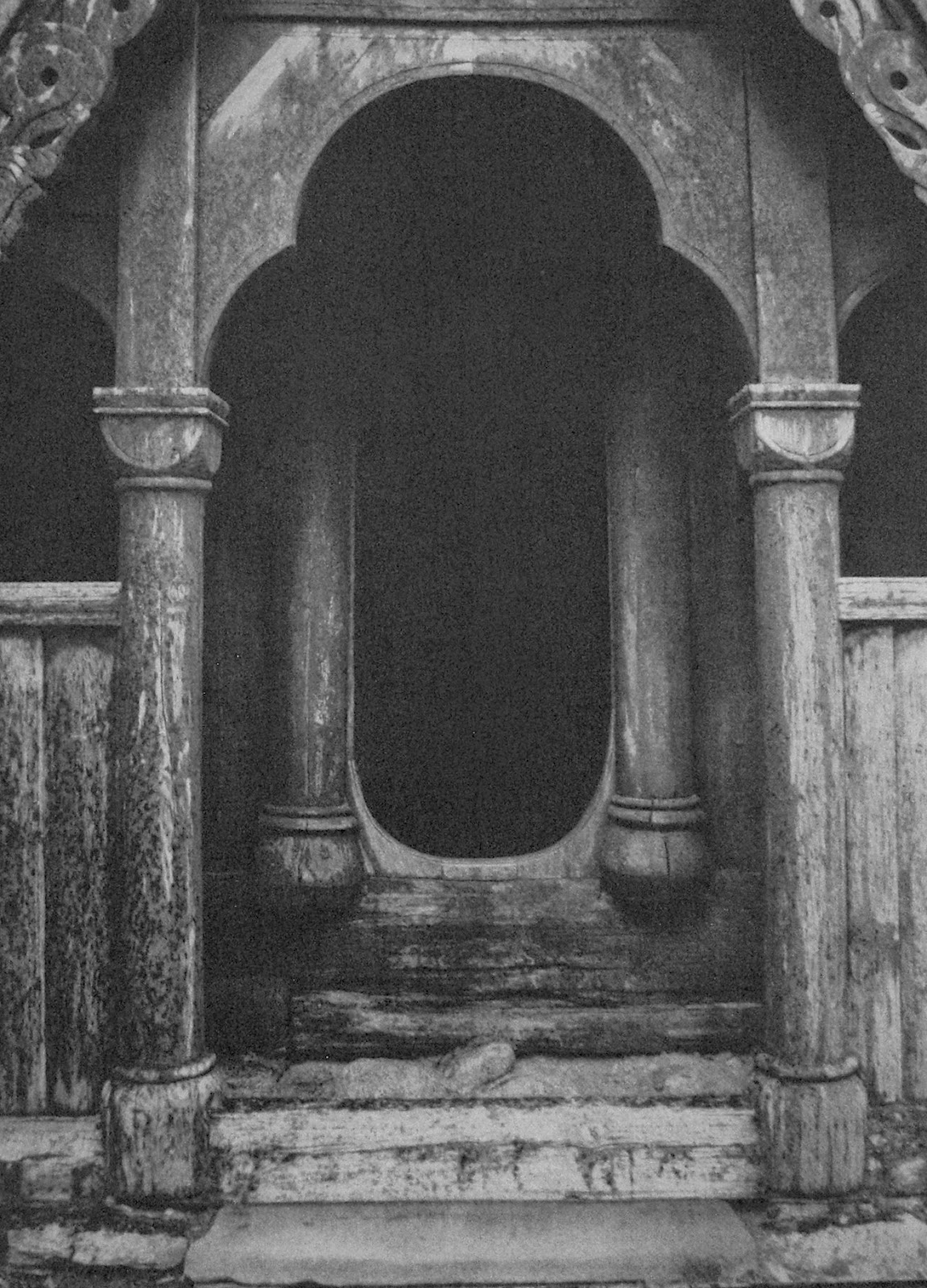
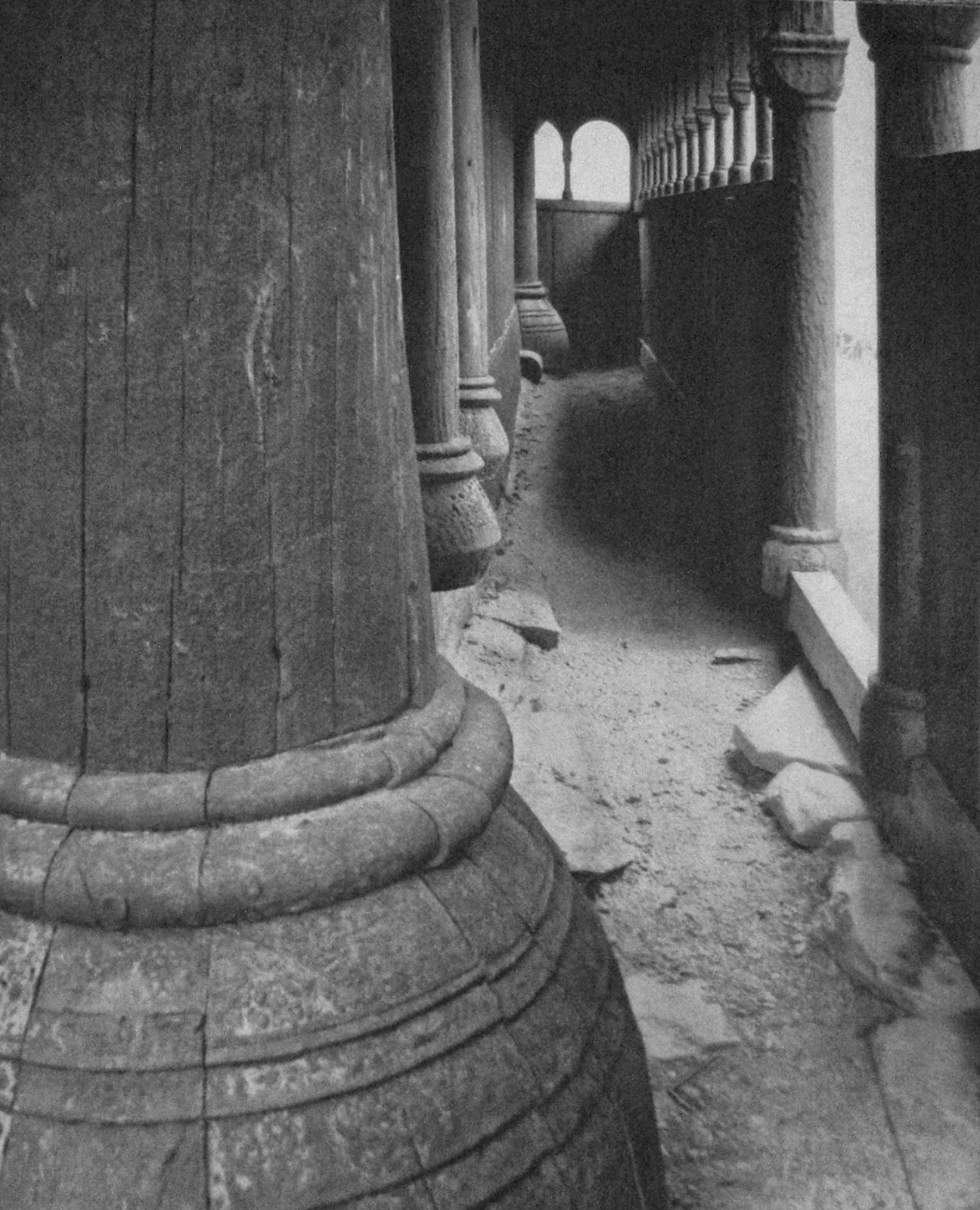
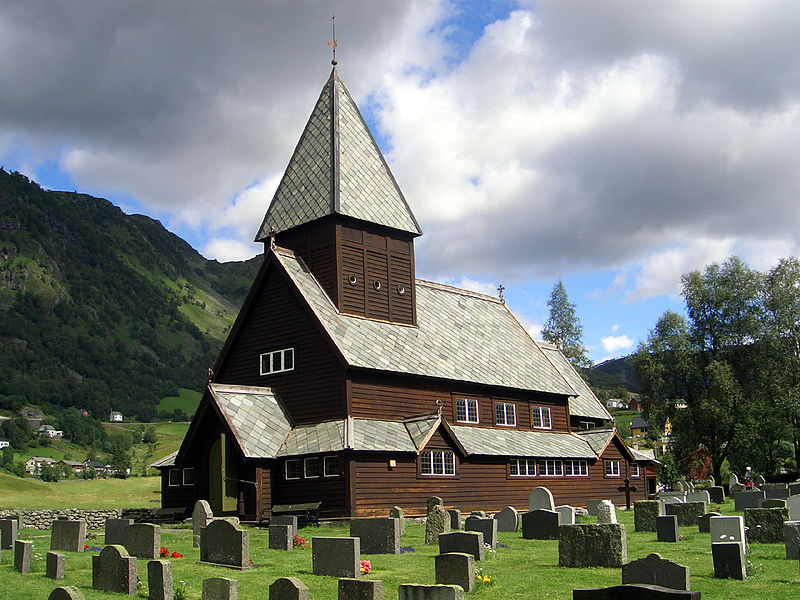

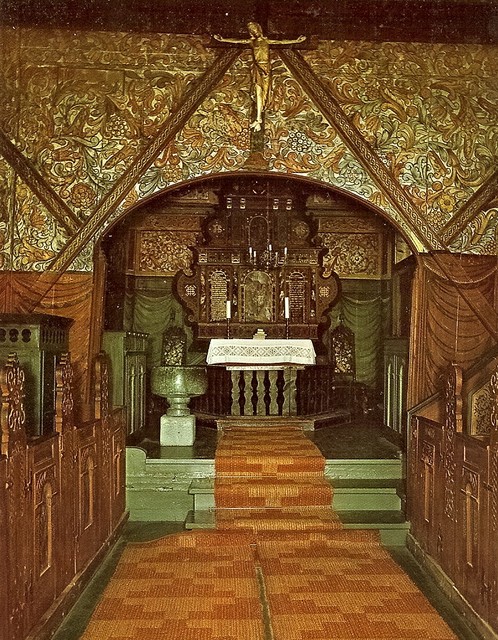
- 'mummified' Trees Found In Norway Date Back To The 13th Century
Norwegian scientists have found ?mummified? pine trees, dead for nearly 500 years yet without decomposition. The discovery could lead to a wealth of information for scholars examining the medieval environment. Dated to the early 1200s, the 40 dead Scotch...
- Norske Stavkirker, The Interiors
Norway's stave churches are endlessly fascinating to me. My most recent inquest has been the interior decoration. What kind of art was displayed inside - and how did it relate to the viewer? I picked up some gems from two books: Norske Stavkirker,...
- Norway's Stave Churches
In graduate school I wrote a paper arguing that Irish Romanesque churches were architectural descendants of earlier wooden churches, and that these wooden churches were similar to Norwegian stave churches built in the 12th century. The style was fluent...
- Viking Art
Religious ArtRunic Stones of kings Gorm (right) and Harald (left), 10th C, Denmark, East Jutland, Jelling.Viking crucifixion scenes are unique in the pervasive realm of Christian art, where so much is ruled by convention and tradition. Runes! Interlace!...
- Lawrence Lew's Pictures Of Cheadle
Cheadle polychrome, originally uploaded by Lawrence OP. Lawrence OP has posted some fantastic pictures of A W N Pugin's masterpiece, the Roman Catholic church of St Giles, Cheadle in Staffordshire. The church was built between 1841 and 1846 for Pugin's...
Medieval History
Dragon Myth and Christianity in old Norwegian Architecture
Stave Church at Borgund, twelfth century.
Art historians are trained to notice similarities in artistic styles, so when a style seemingly has no outside influences, it is startling. Norway's stave churches built in the 11th and 12th centuries are unbelievably unique in the realm of architecture. I've read several theories concerning why, and my own conclusion? They are perfectly original. And fantastic.In fact, these churches have been surrounded by myth from their beginnings. The story goes that St. Olav was having a devil of a time converting the stubborn old Norse folks to christianity. The peasants made him a deal: Build a church in three days, and we will convert. Stumped, wily St. Olav tricked a troll into building the church for him. Thus the stave church was created.
The majority of the photos are copied from this book:
Dan Lindholm, photos by Walther Roggenkamp. Dragon Myth and Christianity in old Norwegian Architecture. Translated from the original German by Stella and Adam Bittleston. Rudolf Steiner Press, London, 1969.
Simplified picture of the construction of a Stave church roof and a Viking ship.
Silver Brooch in the Urnes style, eleventh century, Iceland. A mythological animal entwined by two snakes. Fun fact: Norse metallurgy was said to be a skill first mastered by gnomes, then taught to mortals.
Bench from the Stave Church at Heddal in Telemark. Thirteenth century. The free composition of the engraving shows remarkable flowing forms in connection with mythological lions and dragons. On the back of the bench, strongly stylized, we see Gunnar bound in the snake-pit. The movement to the two outward-pointing dragons is characteristic of Viking style. I love a good Bishop's seat.



Stave Church at Heddal, exterior and side entrance.
Dragon rampart overlooking Gudbrandsdal toward the east.

Urnes stave church
Stave church at Hopperstad, in Sogn. Circa 1150. Soaring arches of the entry and ambulatory and porch.
Massively constructed corner and door pillars of the south ambulatory, Hopperstad

The Roldal Stave Church, images are from this excellent blog.


Interior.
- 'mummified' Trees Found In Norway Date Back To The 13th Century
Norwegian scientists have found ?mummified? pine trees, dead for nearly 500 years yet without decomposition. The discovery could lead to a wealth of information for scholars examining the medieval environment. Dated to the early 1200s, the 40 dead Scotch...
- Norske Stavkirker, The Interiors
Norway's stave churches are endlessly fascinating to me. My most recent inquest has been the interior decoration. What kind of art was displayed inside - and how did it relate to the viewer? I picked up some gems from two books: Norske Stavkirker,...
- Norway's Stave Churches
In graduate school I wrote a paper arguing that Irish Romanesque churches were architectural descendants of earlier wooden churches, and that these wooden churches were similar to Norwegian stave churches built in the 12th century. The style was fluent...
- Viking Art
Religious ArtRunic Stones of kings Gorm (right) and Harald (left), 10th C, Denmark, East Jutland, Jelling.Viking crucifixion scenes are unique in the pervasive realm of Christian art, where so much is ruled by convention and tradition. Runes! Interlace!...
- Lawrence Lew's Pictures Of Cheadle
Cheadle polychrome, originally uploaded by Lawrence OP. Lawrence OP has posted some fantastic pictures of A W N Pugin's masterpiece, the Roman Catholic church of St Giles, Cheadle in Staffordshire. The church was built between 1841 and 1846 for Pugin's...
